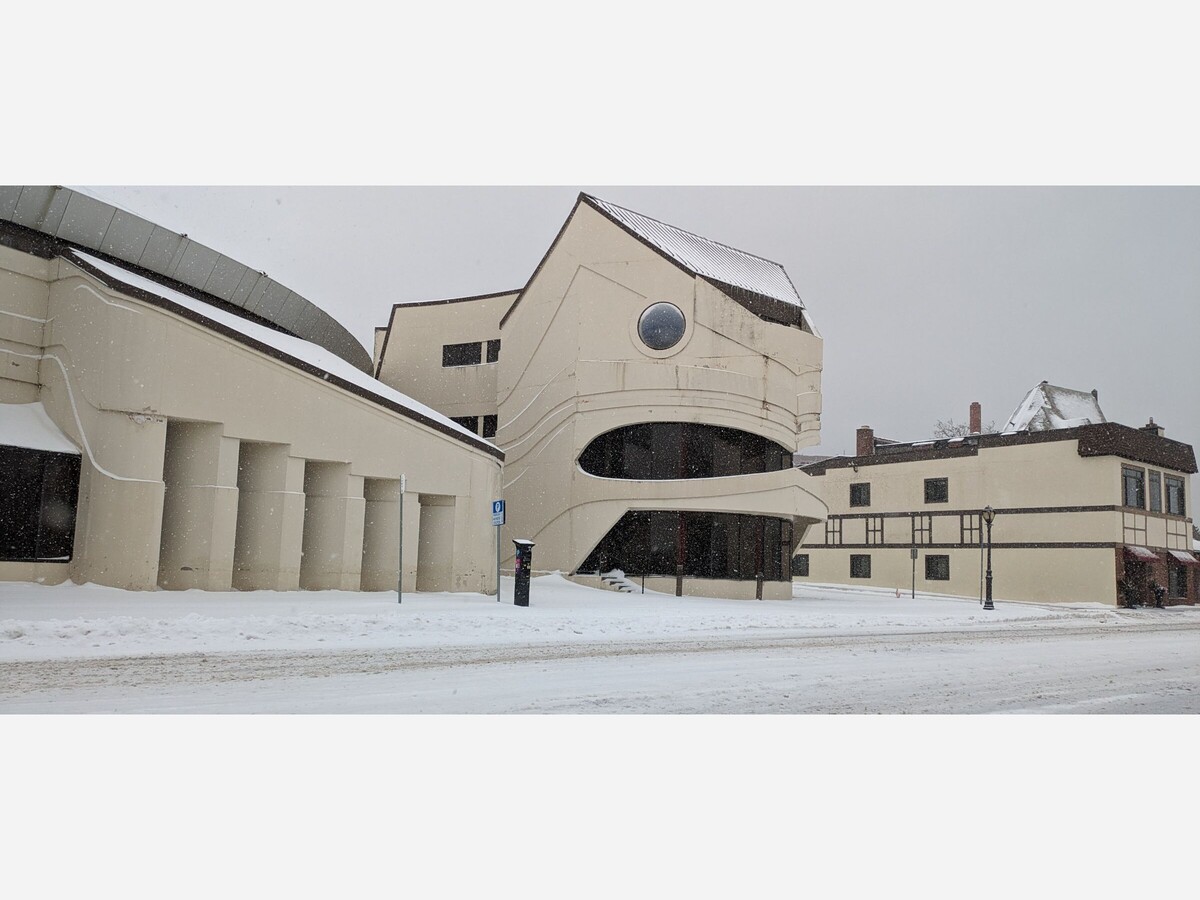Image

(Editor’s note: The following was share to Yahoo News by the Niagara Gazette. The dying newspaper listed the failed effort to secure a historic preservation designation for the Turtle as the year’s 4th biggest news story. The story contains this whopper typo: “Niagara Falls Redevelopment, the company that has owned the Rainbow Boulevard since 1997.” If we can’t laugh at our friends who can we laugh at. At least Mark Scheer still cares.)
Dec. 26—It all seemed to start with a "call to action" to secure local landmark status for the former Native American Center for the Living Arts, more commonly known as "The Turtle" building, in downtown Niagara Falls.
In late December, Preservation Buffalo Niagara, a Buffalo-based non-profit organization that works to protect and preserve culturally and historically significant structures in Western New York, circulated an online letter of support encouraging city officials to approve a landmark designation for the building which has been empty since 1985.
The letter describes the Turtle building as "unique and iconic" and as an "important part of the history and culture of Niagara Falls." It also argues that the building, which has been owned for decades by the private firm Niagara Falls Redevelopment, "deserves to be preserved and protected."
By mid-January, Niagara Falls Historic Preservation Commission members said they had received more than 500 letters, and more than 1,100 signatures on a petition offering support for designating the Turtle building as a local landmark.
Niagara Falls Redevelopment, the company that has owned the Rainbow Boulevard since 1997, was not among those in support which released legal concerns with the landmarking effort and process.
Chief among them: An argument that the 45-year-old Turtle building is not old enough to warrant a local landmark designation and, therefore, should be held to a higher designation standard, one requiring the structure to be formally defined as being "exceptionally important."
"Of the 37 properties in Niagara Falls listed on the National Register of Historic Places, not a single property is less than 50 years old," wrote Ryan Altieri, an attorney with the Buffalo-based law firm Harter, Secrest & Emery, who filed objections to the landmark designation on NFR's behalf. "Almost all, in fact, are more than 100 years old. Accordingly, the commission's proposed designation of the 45-year-old Turtle constitutes a significant departure from its historic practices."
A majority of Niagara Falls City Council members also weren't enthusiastic about the plan, rejected calls to designate designation the Turtle as a "historic structure."
Only Council Member Brian Archie (D), who sponsored the resolution to confirm the unanimous recommendation of the Falls Historic Preservation Commission to designate the Turtle as a city landmark, voted yes. Council Chair James Perry (D), Members Traci Bax (R), and David Zajac (R), all voted no.
Council Member Donta Myles (D) abstained on the proposal.
Despite the local dissent, representatives from Preservation Buffalo Niagara said in August they had received a Determination of Eligibility for placement of the Turtle building on the National Register of Historic Places from the commissioner of the New York State Office of Parks, Recreation and Historic Preservation. Having the building added to the National Register would represent an important step forward for the group as it works to preserve the building that it has argued represents a historically and culturally significant structure in the Falls.
"Despite this achievement, the fight to preserve the Turtle is far from over," PBN said in a press release issued by preservation and planner and Niagara Falls liaison Emily Jarnot.
PBN said Friday, that in its determination, state parks addressed the age issue raised by NFR.
"While planning for the project started in 1976 and it has not yet reached the 50-year mark, the building appears to be exceptionally significant for the relative rarity of its iconic zoomorphic form," the state parks designation reads. "The turtle holds great spiritual significance to the indigenous community, and its sitting, with its head raised to look over Niagara Falls, further connected it to this sacred location.
A rally in support of efforts to preserve the building was held on Sept. 13 at Cataract House Park, which is located across from the Turtle building.
More than 40 people, including a pair of unique visitors from the United Kingdom and a group of Buddhist monks dedicated to the cause of peace, participated in a ceremony celebrating the state's recent decision to deem the former Native American Center for the Living Arts on Rainbow Boulevard eligible for placement on the National Register of Historic Places.
Supporters said the Determination of Eligibility granted by the New York State Office of Parks, Recreation and Historic Preservation means developers interested in resurrecting the building would be eligible for historic tax credits to offset the cost.
They also say the designation offers an added layer of protection from the building being razed as doing so in light of the DOE would prevent the property's owners, the private firm Niagara Falls Redevelopment, from obtaining state funds for other projects on the land.
"It really means a lot for us to win this status," said Bernice Radle, the executive director of Preservation Buffalo Niagara, the non-profit group that submitted the eligibility application to state parks. "It's a really big deal."